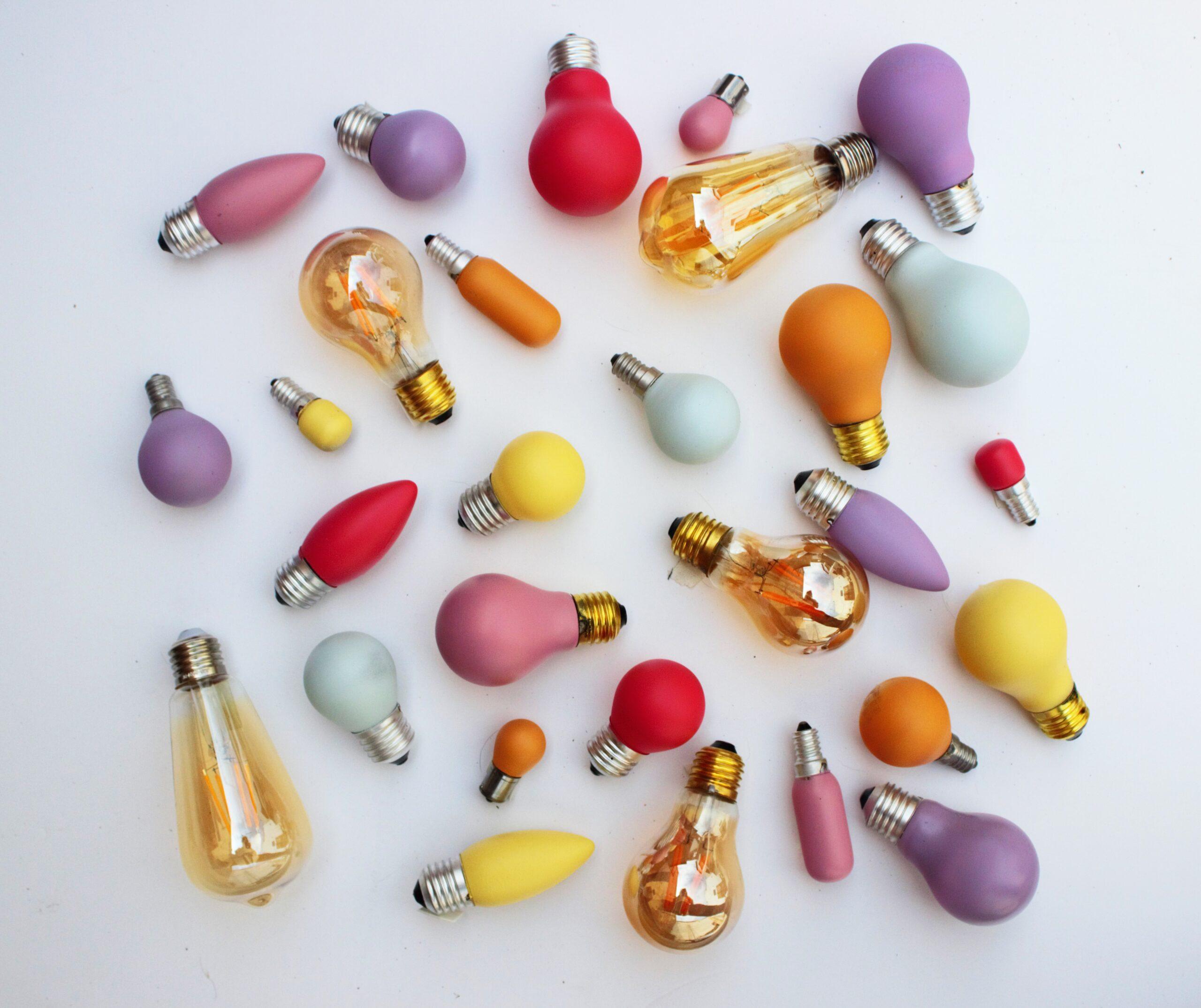Whether it’s rock or rap, country or classical, most of us love our music. This is nothing new. Confucius is credited with saying, “Music produces a kind of pleasure which human nature cannot do without.” As parents, we are thrilled to watch our babies first bop in time to music. We can see and share their joy.
My husband and I strongly encouraged music in our house. As our daughters grew older, they began toting around portable cassettes and then CD players. They listened to their personal song selections through headphones. Over the years, these devices changed to MP3 players and iPods.
Look around today. Everyone seems to be plugged in. With personal audio devices, including smart phones, we can have music wherever we go. Our souls can be singing 24-7.
But, can you ever get too much of a good thing? In a word, yes. A recent study published in the Journal of the American Medical Association showed that the number of teens with hearing loss has spiked over the past decade. The study found that one in five Americans between the ages of 12 and 19— approximately 6.5 million teenagers— is showing at least early signs of hearing loss.
While the cause of the hearing loss could not be directly linked to personal audio devices, there is growing evidence that our children are spending increasing time using personal entertainment technology. A study by the Kaiser Family Foundation found that kids between the ages of 8 and 18 are spending more than 7.5 hours per day glued to some sort of device. Besides the potential damage to children’s hearing, time listening to a device is time away from other activities such as reading, socializing and exercising. Moderation is needed.
According to the Dangerous Decibels Web site, personal audio devices like iPods and MP3 players are the leading source of noise for kids ages 6 through 18. However, personal audio devices can be used safely.
Tips for Safe Listening
- Monitor your child’s use of personal audio devices. Remember that the risk of hearing loss from personal audio devices is based on the volume of the sound and the time spent listening.
- Turn down the volume to a reasonable level. A good rule of thumb for young children is about 60 percent.
- If your child cannot hear you talking when you are standing an arm’s length away, then tell him or her to turn down the volume.
- Limit listening time to an hour, before taking a long break from media.
- If a device has volume-limiting software, use it but continue to keep an eye on the clock. Long listening times still pose threats.
- Consider using sound-isolating or noise-cancelling earphones when listening in a noisy environment such as in a car or on an airplane. When the surrounding environment is loud, we tend to turn audio devices up to compensate.
- Teach your kids to start with the volume low and to turn it up only loud enough to hear the music comfortably without overdoing it.
- Realize that noise-induced hearing loss usually develops gradually over time. Early warning signs include ringing or buzzing in the ears and/or a muffled quality to speech sounds. A red flag is when your child says “What?” or “Huh?” regularly.
Ways to Educate Kids About Safe Listening
- Start early. Have conversations with your children about the importance of maintaining good hearing.
- Learn together about the ear, including how it works and what happens when it is damaged.
- Discuss the fact that hearing loss can occur when we listen to loud sounds for long periods of time.
- Model good behaviors like wearing earplugs when you are blow-drying your hair or mowing the lawn.
- Confirm that everyone in the family is wearing hearing protection when attending noisy events such as football games and concerts.
If you are concerned about your child’s hearing, ask your doctor for a referral to a certified audiologist. You can also check whether your child’s school offers comprehensive hearing testing. Early signs of hearing loss may not show up on a general school hearing screening.
Will your kids listen to you? Mine have learned. Knowledge is power. Great sources exist online to help educate your kids and yourself about the importance of safe listening and protecting children’s hearing for a lifetime. Log on listentoyourbuds.org, dangerousdecibels.org and noisyplanet.nidcd.nih.gov to learn more.




